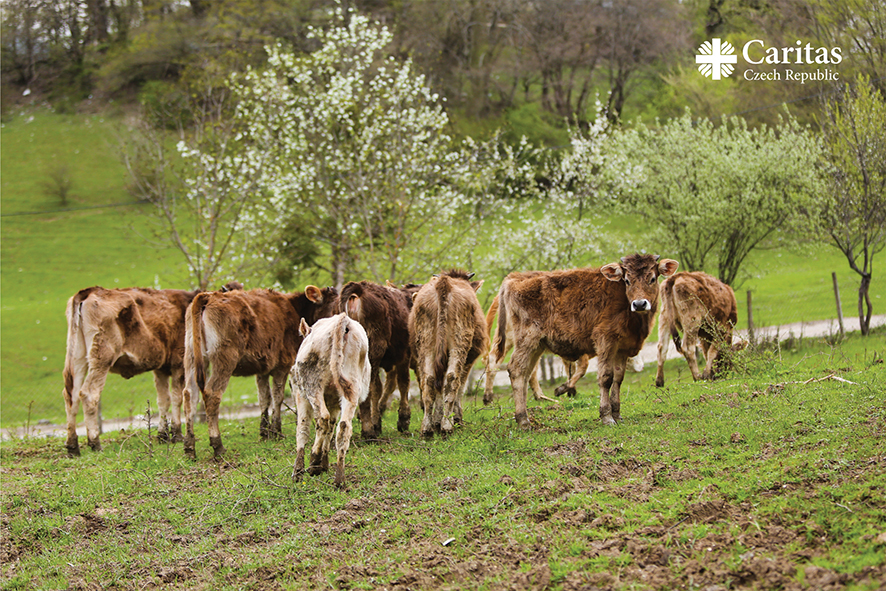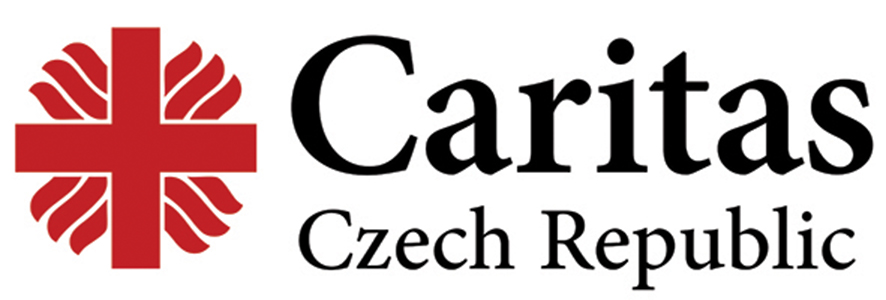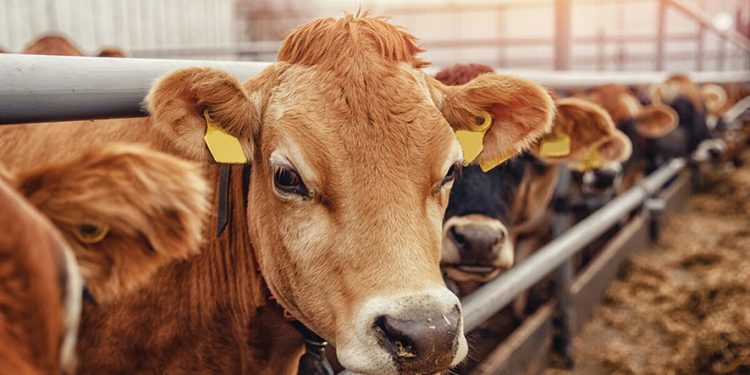Artificial insemination provides a practical alternative to natural breeding for numerous farm animal enterprises around the world. Artificial insemination is a valuable reproductive technique in livestock production that offers several advantages, including genetic improvement, selective breeding, and disease control. Its primary advantage lies in the ability to introduce genetically superior sires, facilitating genetic improvement throughout the herd.
With artificial insemination, a successful pregnancy rate of 70% is possible on the first service.
As a result of artificial insemination, it is possible to get more productive offspring from local low-productive cattle. Instead of purchasing an expensive bull who can breed a handful of cows, ranchers can purchase hundreds of semen straws from a variety of high quality bulls for a fraction of the price, and then guarantee the breeding of those genetics into the herd via artificial insemination. Moreover, with artificial insemination, there is no risk of disease transmission or concern of death/injury to a high-priced bull.
Taking into account all the benefits of this practice, Caritas Czech Republic is carrying out a beef cattle breeding project with the support of Czech Development Agency, with one of the key directions being strengthening of artificial insemination in the target regions.
For this, the organization has so far implemented various activities:
Two practical two-day training sessions were held for a total of six artificial insemination specialists from the target regions, Khulo municipality, Pshav-Khevsureti, Tusheti/Alvani, involving practical instruction in artificial insemination. Local specialists, together with expert Ilia Mtvarelidze, visited the farmers of Gori municipality and carried out procedures. The farmers received information from the expert about modern approaches, and refined the techniques of conducting artificial insemination.
Caritas Czech Republic purchased artificial insemination equipment and all the necessary tools for the awareness rising campaign. As part of the campaign, in summer 2023, in Khulo, the representatives of the organization, with local AI specialists, met more than 40 farmers in Beshumi. Further meetings took place in November in Pshavi, and in December in Alvani. At these meetings, along with introducing equipment and tools, they talked to farmers about the potential of artificial insemination.
The organization hired two specialists in Khulo and Alvani and carried out more than 60 artificial insemination procedures.
GEORGIA TODAY spoke to expert in the field, Ilia Mtvarelidze, and the specialists, Rezo Jabanishvili and Rezo Bolkvadze, to learn more about the benefits of artificial insemination for farmers and local economies in general.
Ilia Mtvarelidze told us that artificial insemination allows males to produce more offspring, and that, through this method, fewer males are needed and one can choose only the best males for use as fathers.
“When a farmer chooses artificial insemination, he gets improved milk production. Where, say, he previously milked 10 liters, the generation obtained by insemination, with good care, can get him a 70 % increase or even a double production. New generation male calves, meanwhile, might give the farmer an increase of 200-250 kilograms annually,” Mtvarelidze notes.
He claims that, along with other benefits, artificial insemination protects against brucellosis and other infectious gynecological diseases. It is materially very beneficial for farmers, because the generations obtained by artificial insemination can bring more income, and allows farmers to select genetics and varieties according to their goals.
Mtvarelidze says the most in-demand cattle breeds are the large dairy cow Holstein, which is the dominant dairy breed worldwide, and the small-bodied dairy Jersey, which has the fattest and most caloric milk.
When asked what the full use of artificial insemination in animals will change in the future, Mtvarelidze tells us that, first of all, artificial insemination is expected to improve the economic situation of farmers, increase their income, as well as the number and quality of local products on the market.
“There are the best beef breeds, such as Brown Swiss Simmental, Fleckvieh, etc.,” Ilia tells us. “There are also pure meat breeds such as Angus, Limousin, Belgian Blue and more.”

In terms of statistics, the expert noted that, in artificial insemination, pregnancy and birth rates can be as high as 70-90%.
When asked about costs, he highlighted that no money needs to be spent on natural mating. “Artificial insemination is just much more beneficial,” he says. “It helps the farmer to achieve their goal, and is an investment on their part to get a highly productive, highly useful breed, with results they can be proud of and that will be better appreciated.”
Mtvarelidze has founded a school in Gori that teaches technicians the principles of veterinary and artificial insemination.
“Farmers can share their experience and help grow the number of specialists on the market. Right now, we lack motivated young people, but the support is there if they want it,” Mtvarelidze says.
Alvani’s specialist, Rezo Jabanishvili, tells us that the demand for artificial insemination is increasing in Akhmeta municipality.
“Along with higher awareness among the population, the overall attitude has changed. Since the productivity of hybrid varieties has gone up, with Jersey and Angus being the most popular breeds in the region, the demand has increased,” he notes. “Statistically, where, in 2014, I carried out 15 fertilizations a month, in 2023, I will do 50 a month, on average.”
“Anyone can benefit from this service – it’s affordable. Some people find that expensive, but those who have experience and know the gains they will get, realize the price is reasonable.”
Jabanishvili says the specialists and farmers he has met have both knowledge and experience in veterinary medicine and artificial insemination, and the current number of specialists in the region meets the current demand for artificial insemination.
Khulo’s specialist, Rezo Bolkvadze, also claims that the demand for artificial insemination is increasing in his municipality, and that the approach of the population towards the issue is changing and becoming more positive, especially when they see the results and safety benefits of artificial insemination.
“In the end, artificial insemination is cheaper than the natural process, considering the end results, and the population sees that,” he tells us. “Where, in 2022, I carried out 500 artificial inseminations, in 2023, it hit 600,” he says, adding that the most popular breeds among the local population in Khulo are Holstein, Jersey, and Swiss.
“The current number of specialists of the field here is managing to meet the demand in the municipality, however, more specialists would be ideal,” he notes. He says the knowledge and understanding of artificial insemination among farmers was relatively low at first, and while this knowledge has increased over the years, more awareness raising is needed.
“For our part, we try to inform locals, speak to them, deliver brochures, but more should be done to increase their knowledge, through trainings, presentations, etc., as the issue is still relatively new and strange to certain part of the population. More needs to be done to earn their trust and raise awareness,” he says.
This material was prepared as part of a project funded by the Official Development Assistance of the Czech Republic and implemented in partnership with the Czech Development Agency and Caritas Czech Republic.
By Ana Dumbadze
















